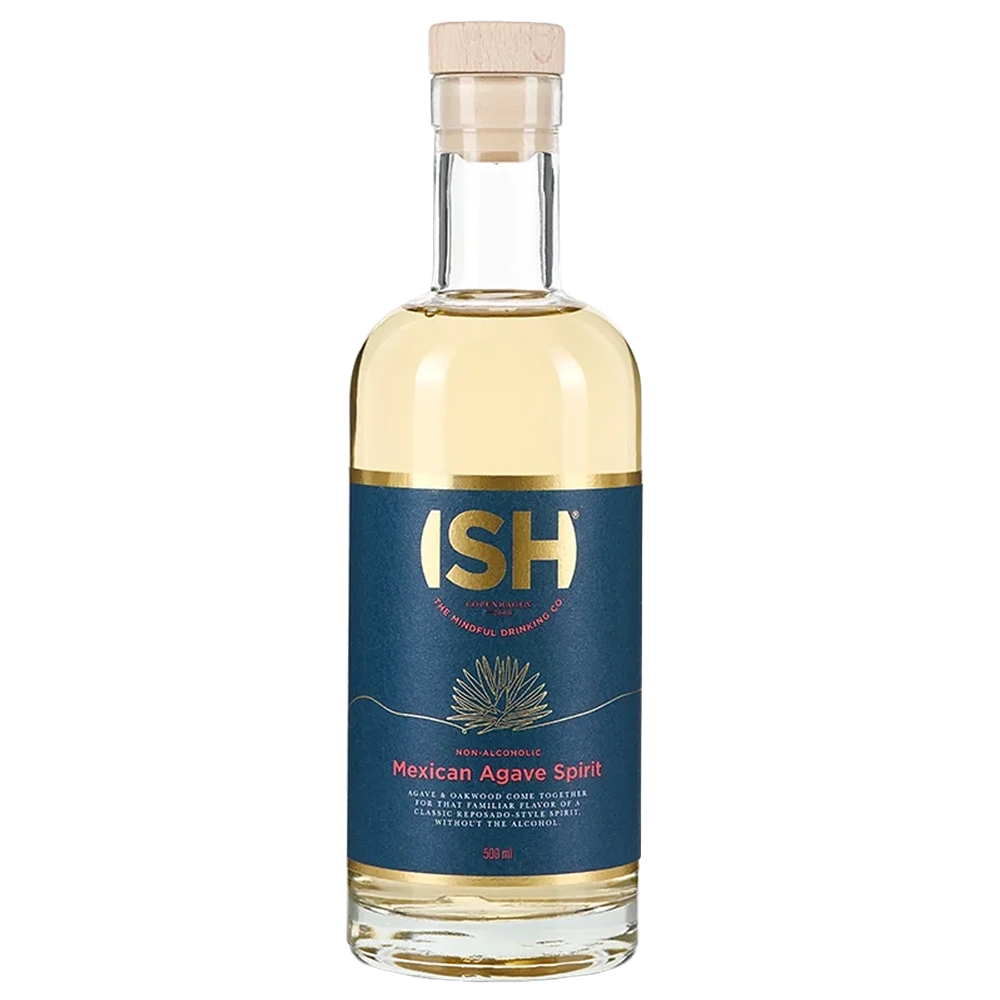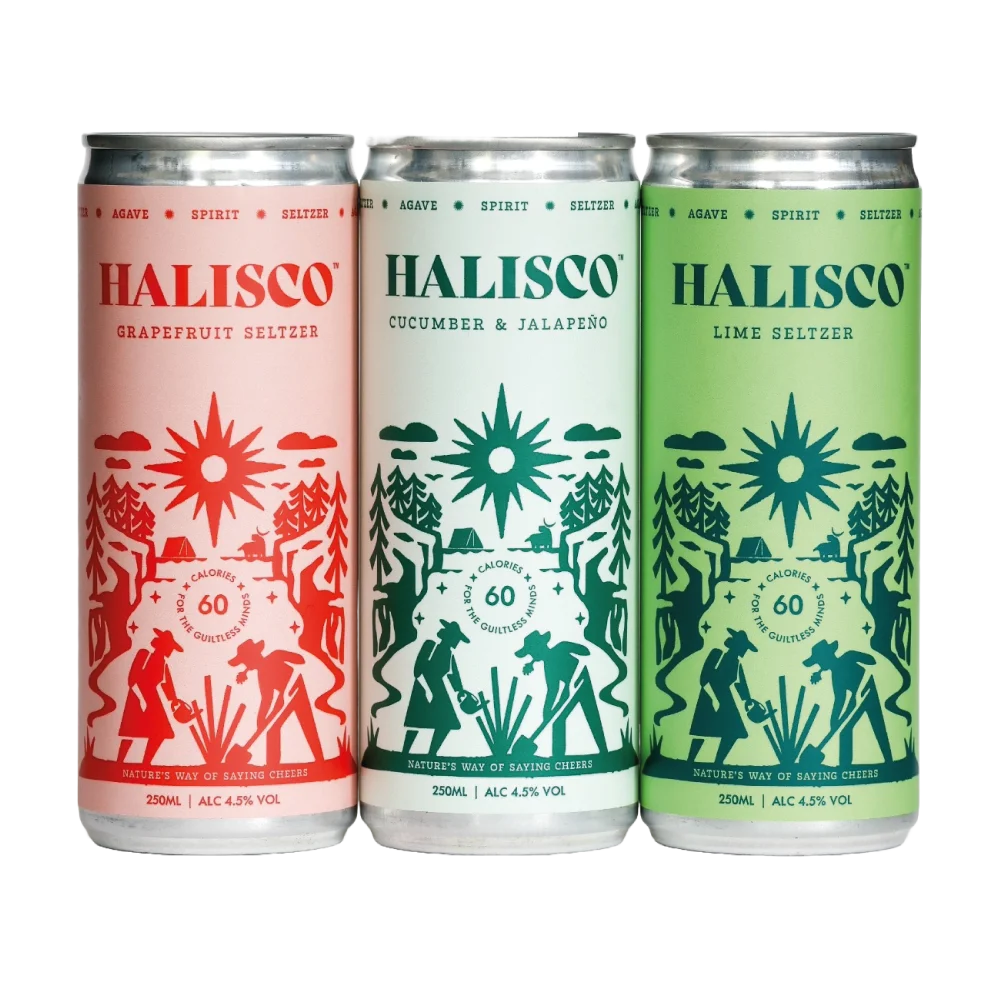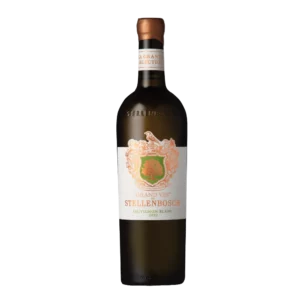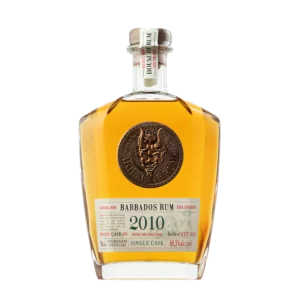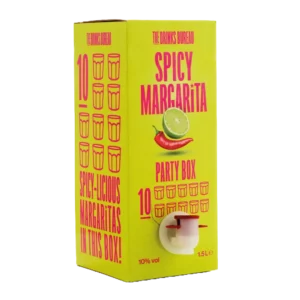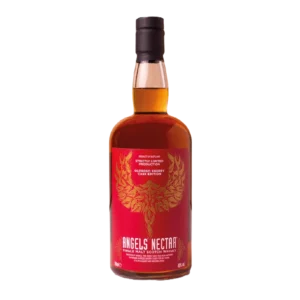On 5th May, millions of people from around the world celebrate Cinco de Mayo, which marks the triumph of the Mexican Army over French forces in 1862. In many countries, particularly the US, it’s an occasion to celebrate Mexico’s rich cultural heritage and, of course, indulge in un poco tequila!
- Cinco de Mayo literally translates to “5th of May”
- The Mexican holiday commemorates the date of the Mexican army’s 1862 victory over France at the Battle of Puebla during the Franco-Mexican War.
- Cinco de Mayo is often confused with Mexico’s Independence Day, which is on September 16, but is a distinct holiday commemorating a different historical event.
- Whilst it’s a relatively minor event in Mexico and not marked as a federal holiday, it was marked as an official celebration in the U.S. in 2005, where many people see it as a chance to celebrate Mexico’s incredible history and culture.
The Essence of Cinco de Mayo

There’s more to Cinco de Mayo than mariachi bands, beer and parties. Its history runs deep and to this day serves as an emblem of the Mexican spirit of resistance and national pride. The occasion marks the day when, on May 5th 1862, during the Battle of Puebla, the vastly outnumbered forces of the Mexican Army triumphed against superior French troops in an unexpected victory.
Beyond its military significance, Cinco de Mayo embodies Mexico’s enduring struggle against external control. It acts as a symbol for both Mexicans, and particularly Mexican Americans, to celebrate their ability to withstand foreign domination. This celebration pays homage to cultural identity and honours the fortitude and heritage of Mexican people throughout history.
The Battle of Puebla

Cinco de Mayo’s origins are deeply rooted in a period of great difficulty for Mexico. Following the costly Mexican-American and Reform Wars, Mexico found itself in dire financial straits, leading President Benito Juárez to halt payments on foreign debts as of July 17 1861. This act prompted France, along with Britain and Spain, to deploy naval forces to Veracruz demanding repayment.
Wanting to establish a French empire within Mexican territory under Napoleon III’s leadership, France pressed on with the conflict even after Britain and Spain had withdrawn their troops from Mexico, igniting the Franco-Mexican War. With advanced military resources at its disposal France was able to capture Veracruz, which led President Juárez’s government to retreat. It was during this state of unrest that the pivotal Battle of Puebla occurred. Despite being outnumbered and under-resourced, Mexican troops – led by General Ignacio Zaragoza – were able to successfully fend off French invaders.
Although short-lived, with French rule continuing for many years, the battle represented a great symbolic victory for the Mexican government, bolstering the resistance movement. Furthermore, political pressure from the United States aided Mexico in the withdrawal of France, and also impacted the outcome of the American Civil War, which is why the day takes on international significance.
Distinction from Mexico’s Independence Day
While it’s a mistake many make, don’t confuse Cinco de Mayo with Mexican Independence Day. Although they both pay tribute to the country’s spirit of resistance, Mexico’s true day of independence from Spanish rule is celebrated on September 16th, whereas Cinco de Mayo concerns the overthrowing the French.
Either way, Mexico’s spirit and fortitude is undeniable, and a worthy excuse to raise a glass!
Celebrating Cinco de Mayo Around the World

While there’s no one way to celebrate Cinco de Mayo, it’s almost always a riot of colour, food and culture showcasing the Mexican celebratory spirit.
In Mexico it’s common to see historical re-enactments, firework displays and traditional music. In Puebla, there’s an entire museum dedicated to the battle and the site itself is preserved as a public park. As is so often the case, culinary traditions play a major role. Mole poblano – a thick and savoury chile with chocolate sauce which has its origins in the city – is the ceremonial dish for Cinco de Mayo and an essential part of Mexican cuisine.
Thanks to its multiculturalism and large Mexican population, Cinco de Mayo has been celebrated in California every year since its inception in 1863. In that first year, Mexicans and Americans in the state gathered together to mark the anniversary of the Battle of Puebla and also used it to raise funds and recruit men to aid those still fighting against the French. These early celebrations were largely about fighting for freedom from white supremacists and other oppressors, both in Mexico and in Civil War-era California, where Latinos mostly favoured a Union victory. It can even be said that this diversion of funds helped decide the direction of the American Civil War as it prevented Emperor Napoleon III from supplying weapons to the Confederacy.
Cinco de Mayo continued to be celebrated in the United States, largely thanks to the efforts of those of Mexican descent. Followers of the dictator Porfirio Díaz, who ruled Mexico intermittently between 1876 and 1911, and had been a general in the Battle of Puebla, continued to celebrate Cinco de Mayo while living in exile in the American south.
The celebration gradually became a festival for Mexicans and Mexican Americans across the country, as well as part of a developing Mexican-American civil rights movement that started in the 1940s. Many activists started pointing to Cinco de Mayo as a source of pride.
Today, the largest parties outside Puebla tend to take place in communities like L.A. which are home to large Mexican populations, with street parades and dance parties taking over whole neighbourhoods. Although celebrated since the 1800s, its popularity swelled in the twentieth century, when it became an important part of the Mexican-American civil rights movement, bringing communities together and reinforcing positive sentiment through cultural affirmation.
Pivotal to its evolution were Chicano activists who redefined Cinco de Mayo into a bicultural commemoration that pays tribute to the history, culture, heritage, and traditions of Mexican-Americans.
American celebrations are also known to feature quirkier events, like Washington D.C.’s Running of the Chihuahuas, where Mexico’s famous dogs compete to take the prize for the fastest hound. Even the President gets involved, often holding an annual party in the Rose Garden of the White House, attended by Mexican delegates.
Outside of Mexico and the U.S. you’ll also find Cinco de Mayo recognised on a global level, with many countries partaking in fiestas from Canada to the Cayman Islands, where it’s marked by a slightly more unorthodox air guitar contest.
Commercialisation

Cinco de Mayo, while a vibrant celebration of Mexican heritage, has in the past seen its cultural essence diluted by commercialisation. The holiday, once a profound expression of Mexican pride, has been increasingly associated with indulgence in spirits, particularly tequila—a drink deeply embedded in Mexican culture. Bars and restaurants often capitalise on this connection, creating themed events that may inadvertently reduce the day’s profound history to a simple excuse for revelry. Yet, amidst the festivities, it’s essential to remember that each sip of tequila is a nod to Mexican tradition, and our curated selection of tequilas on the website offers a taste of that authentic heritage.
As a response to the co-opting of the day, many communities now look to recentre celebrations on Puebla, with readings, folkloric music and dance troupes which pay homage to the day’s origins, as well as serving as an educational tool for anyone wanting to learn more about Mexico’s culture.
While it’s true that consumer habits are influenced during the celebrations—with a notable rise in avocado and tequila sales—it’s vital to engage with the holiday in a way that honours its true meaning. The promotion of Cinco de Mayo by Congress as an official U.S. holiday in 2005 stands as a testament to its cultural importance, presenting an opportunity to explore and appreciate the rich tapestry of Mexican history and traditions, including its world-renowned spirits, in a respectful and responsible way.
How to Participate in Cinco de Mayo Respectfully
Cinco de Mayo is meant to be a celebration, but to honour the true spirit of the day make sure you engage in activities that reflect the holiday’s historical and cultural significance with respect and authenticity. Keep away from the outdated party costumes, sombreros and stereotypes, and instead use the occasion as a way to get to know, share and enjoy the very best of Mexican culture, from food and drink to music and colour.
No Cinco de Mayo would be complete without a tequila, one of the country’s finest and favourite exports. Tequila has a history as rich as the country itself, making Cinco de Mayo a great excuse to educate yourself and taste the full range and quality on offer. Our selection of tequilas, crafted with passion and tradition, invites you to experience a piece of Mexican identity by the glass.
Everything You Need to Know About Tequila
Tequila is an integral part of Mexican culture and has been for centuries. It’s production is still largely based on the long-held agricultural traditions of ancient civilizations, and it’s been bringing communities together ever since.
Tequila is a symbol of Mexican identity and national pride. It deeply integrates into Mexican culture, participating in traditional celebrations and everyday life. Beyond the drink in the bottle, it embodies centuries of tradition, craftsmanship, and the celebration of life, connecting the past with the present. So when you propose a toast, remember that tequila is more than just a drink; it is a symbol of Mexican pride and identity.
Did you know….
1. Tequila has an appellation of origin.
Like champagne, cognac, and some fine wines, tequila can only be produced in five regions in Mexico—Guanajuato, Michoacán, Nayarit, Tamaulipas, and Jalisco, though far and away the largest producer is Jalisco.
2. It must be made from the blue agave plant.
To be classified as tequila, a spirit must be at least 51% derived from blue agave (with the rest made up from another neutral spirit), though many brands today up the ante and use 100 percent blue agave. As a general rule of thumb “mixto” tequilas made with a lower percentage of agave are typically cheaper.
3. Good tequila takes time.
Agave tequilana weber, or blue agave plants, take between 8 and 12 years to harvest and can grow as much as 7 feet tall.
4. The agave plant is not a cactus.
Despite its spiky appearance, agave actually belongs to the Agavoideae family, which is a succulent closely related to the lily plant. In Latin, agave means illustrious, admirable, and noble.
5. Only the agave heart is used to make tequila.
The hearts of the plant, also known as the piñas, are cut out, cooked, ground down, and fermented to make tequila. That means that unlike fruit-based beverages like wine, which can be harvested seasonally and regrow from the same plant, the agave plant is used up after it is harvested and a new one must be grown from scratch.
6. People have been enjoying tequila for a LONG time.
Tequila’s predecessor, called “pulque,” was imbibed as early as 150 B.C. by the inhabitants of ancient Teotihuacan, a civilization that pre-dates the Aztecs. Scientists believe it was an important part of their diet. Yes, you read that right.
7. Like wine, tequila has a terroir.
The type of soil agave is grown in has a large impact on the flavor of tequila. Broadly speaking, tequilas from the Highlands (Los Altos) often have grassier and sometimes sweeter flavor profiles, while those from the Lowland (El Valle) can have an earthier, more mineral quality.
8. There are five official classifications of tequila.
Blanco, also known as Silver tequila, and Joven aka Gold, are the youngest varieties and are typically unaged or sometimes “rested” for a month or two to help smooth the bite of the liquor—you may see these rested tequilas marketed as Suave. Jovens are generally blended, either with aged tequilas or merely with colourants and sweeteners to achieve their “gold” shade; they are most commonly used in making cocktails.
Of the aged styles, Reposado tequilas have the least ageing, with the spirit resting in barrels for anywhere from two months to a year; Añejo, in turn, is aged from 1 to 3 years, and Extra Añejo (a relatively new classification that was introduced in the mid-2000s) ages for a minimum of 3 years.
Cristalino, which means “crystalline” in Spanish, is oak-aged Tequila that’s filtered with charcoal. It’s generally crystal clear, as the name suggests, although some have faint tinges of colour. The process is akin to many white rums, which can also be barrel-aged and have the colour filtered out.
9. It’s been used as a medicine, and may even be good for you!
Consuming tequila in moderation has a surprising number of health benefits. During the 1918 Spanish flu epidemic, patients were instructed to drink tequila with lime and salt. Tequila is still used to help sooth sore throats, ease congestion and aid with sleep.
Tequila is also made up of agavins, an indigestible sugar that moves through the body without being used for energy. The more complex molecular structure of agavins prevents them from spiking your blood sugar in response. These molecules have also been found to stimulate your metabolism, unlike most alcohol, which slows it way down. In addition to adding probiotics, it’s been shown that a post-dinner shot of tequila may help stimulate digestion. Some studies have also found that a shot of tequila before the meal acts as an apéritif, stimulating metabolism and appetite.
Studies from the American Chemical Society have also suggested that tequila could have the heart-healthy ability to lower bad cholesterol and raise good cholesterol. You’d never think it, but in this case a little booze could be good for your heart.
Tequila is also gluten free, perfect for anyone struggling with an intolerance!
The Best Tequilas to Drink During Cinco de Mayo
We’re huge fans of tequila, whether you’re sipping it straight or using it to elevate your cocktail experience, each bottle in our collection is made by artisan distillers, showcasing the rich expressions of their region.
Here are a few suggestions to help add some spice to your Cinco de Mayo celebrations.
Tequila Curado Blue Agave: Curado Blue Agave is a 100% blue agave blanco tequila infused with cooked agave for extra richness, depth, and complexity. The final taste is subtly sweet with vegetal and floral notes. Made in small batches with the best agave from producers in Arandas, Jalisco in Mexico.
Tequila Curado Cupreata: Curado Cupreata is white tequila infused with cupreata agave. The final taste is subtly sweet, earthy and with a little hint of spice. Made in small batches with the best agave from producers in Morelia, Michoacán in Mexico.
Tequila Curado Espadin: For something smoky and spicy, Curado Espadin is white tequila infused with espadín agave. The final taste is subtly sweet. Made in small batches with the best agave from producers in the Oaxaca Valleys in Mexico.
Miixa 100 Café: For those seeking a unique blend of flavours, Miixa 100 Café delivers an exhilarating fusion of bold coffee and smooth tequila. Indulge in the rich aroma and decadent taste of this exceptional spirit, perfect for celebrating Cinco De Mayo with a caffeine kick.
ISH Agave: Embrace the spirit of Cinco De Mayo with ISH Agave, a non-alcoholic alternative that captures the essence of tequila without the alcohol content. Whether you’re abstaining or simply exploring new flavours, ISH Agave offers a refreshing and authentic taste experience.
Halisco & Halisco RTDs: Elevate your celebrations with the convenience of Halisco Agave Spirit Ready-to-Drink cocktails. Explore a variety of flavors in the Halisco & Halisco range .
The Drinks Bureau Spicy Margarita Box: Add a fiery twist to your Cinco De Mayo celebrations with The Drinks Bureau Spicy Margarita Box! Packed with everything you need to craft the perfect spicy margaritas, this party box is sure to ignite your taste buds and elevate your festivities. Inside, you’ll find premium tequila, zesty lime juice, agave nectar, and a selection of gourmet chilli salts for rimming your glasses. Whether you’re hosting a fiesta with friends or simply craving a spicy kick, The Drinks Bureau Spicy Margarita Box is your ticket to a memorable Cinco De Mayo. Order yours now and get ready to spice up the party!
Summary
While it’s a day of celebration, the historical significance of Cinco de Mayo means it transcends your typical party. It’s a triumph of national spirit, a commemoration of Mexican pride, and an exuberant showcase of cultural traditions.
Thus, as you savour your guacamole or let yourself go to the rhythm of mariachi music, bear in mind that this occasion is steeped in significance. Enjoy the tequila and tacos, but adobe sure to pay respect to the vast tapestry of Mexican heritage that Cinco de Mayo epitomises.
Frequently Asked Questions
What does Cinco de Mayo celebrate?
The Mexican Army’s triumph against French troops during the Battle of Puebla is commemorated on Cinco de Mayo, which takes place annually on May 5th. This day honours Mexico’s determination and ability to withstand external domination since their victory in 1862.
Is Cinco de Mayo Mexico’s Independence Day?
Cinco de Mayo is not a celebration of Mexico’s Independence Day.
The national observance of Mexico gaining independence from Spanish rule actually takes place on September 16, signifying the start of the quest for autonomy.
How is Cinco de Mayo celebrated in Mexico and the United States?
Mexico marks Cinco de Mayo with a blend of military parades and historical reenactments, alongside the serving of traditional cuisine. Conversely, in the United States, it has grown into an occasion that pays tribute to Mexican American heritage and history through a fusion of events that typically feature parades, music, dance performances, and customary dishes.
How has the commercialisation of Cinco de Mayo impacted its significance?
The transformation of Cinco de Mayo into a widely commercialised event has largely altered its original intent as an occasion for celebrating Mexican heritage, relegating it to a broadly recognized drinking holiday and diminishing its historical and cultural importance.
How can I participate authentically in Cinco de Mayo celebrations?
In order to truly partake in Cinco de Mayo celebrations, steer clear of perpetuating cultural clichés. Adorn your space with decorations that reflect the Mexican flag’s colours to honour the tradition with reverence. Let authentic Mexican cuisine be the centrepiece of your festivities, and consider washing it down with a premium tequila from our curated selection, savouring the spirit of Mexico with every sip.
Celebrate responsibly and have a great time!





